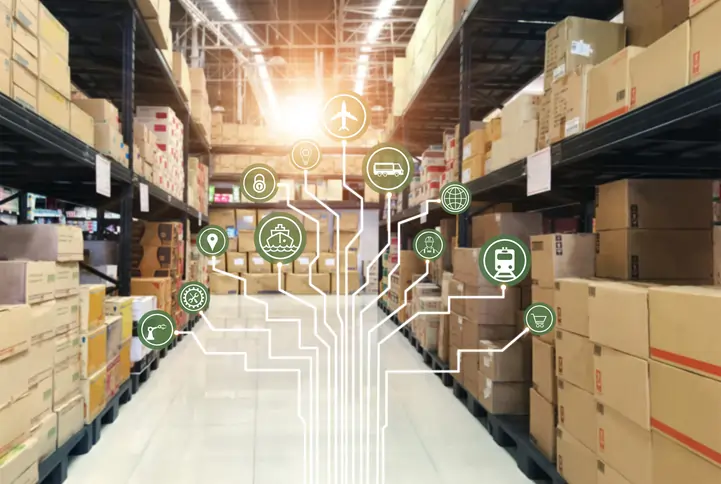introduction:
In the increasingly competitive world of e-commerce, building a sustainable supply chain is a key element to success. Consumers are becoming more environmentally conscious and expect the brands they support to share their values. A sustainable supply chain not only benefits the environment, it also improves brand reputation and leads to cost savings in the long run. This article describes steps to build a sustainable supply chain for your e-commerce brand.
- Understand the importance of sustainability
Sustainability in the supply chain refers to integrating environmentally and socially responsible practices throughout the sourcing, production, and distribution processes. This includes minimizing our impact on the environment, ensuring the ethical treatment of workers, and promoting community development.
- Evaluation of current practices
The first step in building a sustainable supply chain is to assess your current practices. This includes conducting a thorough audit of your supply chain to identify areas for improvement. Look for opportunities to reduce waste, improve energy efficiency and source materials from ethical and sustainable suppliers.
- Set goals and objectives
Once you have identified areas for improvement, it is important to set clear and achievable goals and objectives. These include reducing carbon emissions, increasing the use of renewable energy, and improving waste management practices. Setting goals helps you focus your efforts and track your progress over time.
- Relationship with suppliers
Building a sustainable supply chain requires collaboration with suppliers. We work with our suppliers to communicate our sustainability goals and encourage them to adopt similar practices. Consider working with suppliers who prioritize sustainability and are willing to make changes to support your goals.
- Implementing sustainable practices
Introducing sustainable practices in supply chains can take many forms. This includes using environmentally friendly packaging materials, optimizing transport routes to reduce emissions and sourcing materials from sustainable sources. Look for ways to reduce waste, conserve resources and minimize your environmental footprint.
- Monitoring and evaluation
Once sustainable practices are implemented, it is important to monitor and evaluate their effectiveness. Track key performance indicators (KPIs) related to sustainability, such as carbon emissions, waste generation, and energy consumption. Use this data to identify areas for further improvement and make adjustments as necessary.
- continuous improvement
Building a sustainable supply chain is a continuous process and requires continuous improvement. Regularly review your company's practices, engage with stakeholders, and explore new ways to reduce your environmental impact and improve your social responsibility.
conclusion
In conclusion, building a sustainable supply chain for e-commerce brands is essential for long-term success and growth. By evaluating current practices, setting clear goals, collaborating with suppliers, implementing sustainable practices, and continuously improving, e-commerce brands can reduce their environmental impact and improve their reputation. and build a more resilient business.


